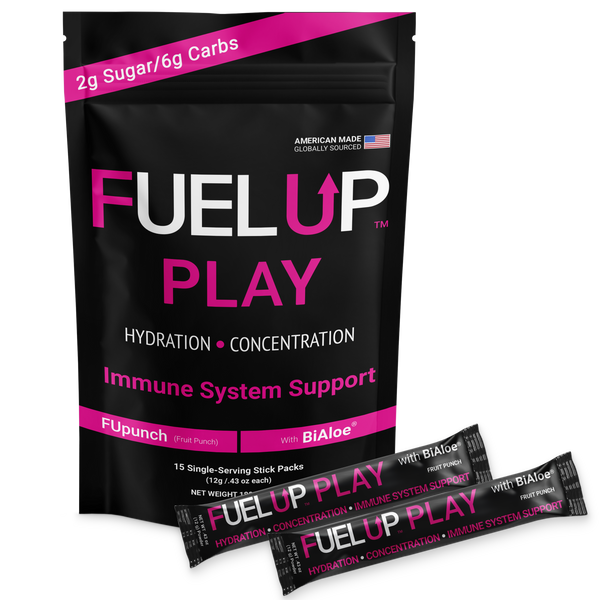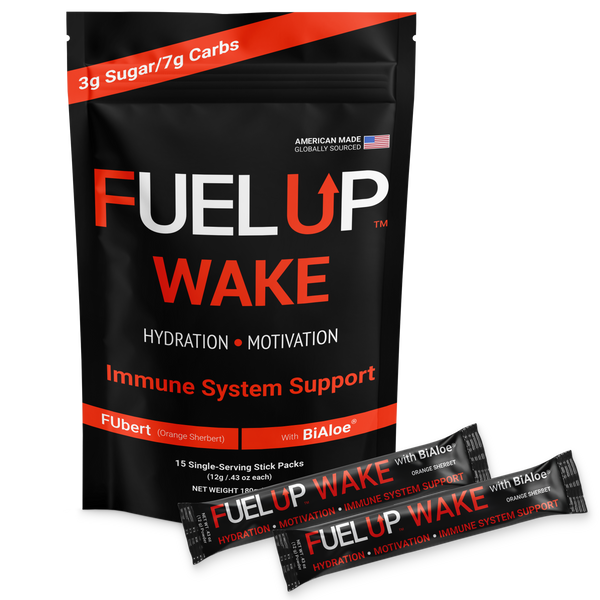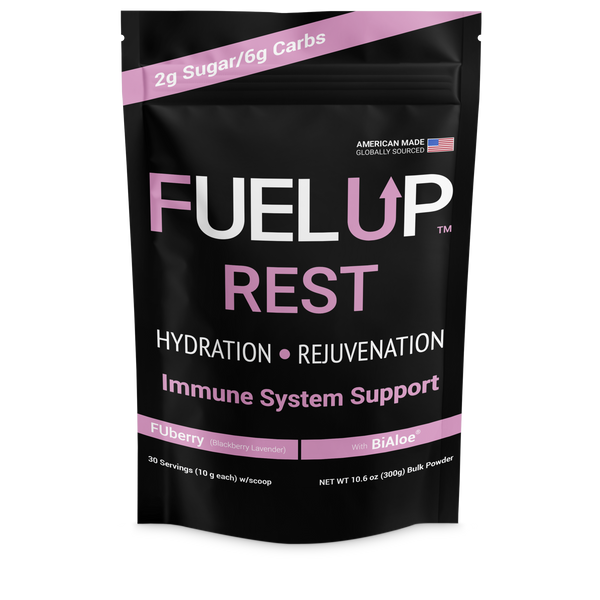Staying hydrated isn’t just about drinking more water. Your body’s hydration demands shift constantly, influenced by the climate around you, your daily activities, and even what ends up on your plate. For health-conscious, active individuals, understanding what drives hydration needs is essential for peak performance, faster recovery, and overall well-being. Let’s break down the practical ways weather, movement, and nutrition impact your body’s fluid balance—and how to stay ahead of the game.
Weather: Environment Matters as Much as Effort
Temperature:
Heat ramps up the body’s cooling mechanism—sweating. The warmer it gets, the more you lose fluids, even if you’re not actively exercising. High humidity can make sweating less effective, as sweat doesn’t evaporate as quickly, leaving you feeling overheated and dehydrated.
Cold Conditions:
Don’t be fooled—cold weather can leave you dehydrated, too. Chilly air is often dryer, increasing fluid loss through respiration. Plus, bundled up in layers, you may sweat without noticing.
Altitude:
Higher elevations mean thinner, drier air, increasing your breathing rate and fluid loss. If you’re training or spending time at altitude, bump up your hydration strategy accordingly.
Practical Tips:
-
Track daily weather conditions. On hot or humid days, increase fluid intake before, during, and after activity.
-
In the cold, stay mindful of thirst and maintain regular hydration, even when you don’t feel sweaty.
-
At altitude, add extra fluids and watch for symptoms like headache or fatigue.
Activity: Movement Changes the Equation
Intensity and Duration:
Physical activity—whether a brisk walk or an intense HIIT session—amplifies fluid loss. The longer and harder you work, the more you need to replenish.
Sweat Rate:
Everyone sweats differently. Factors like genetics, conditioning, and acclimation affect how much fluid you lose during exercise. Some people may require double the fluids of others to stay balanced.
Recovery:
Hydration doesn’t stop at the finish line. Recovery depends on restoring fluid lost to maintain muscle function and reduce soreness.
Practical Tips:
-
Weigh yourself before and after exercise; a 1–2% body weight loss means you need to rehydrate.
-
Customize your hydration plan; consider sweating rates and personal tolerance.
-
Include electrolyte-rich fluids for longer or high-intensity workouts.
Diet: What You Eat Can Help—or Hurt
Hydrating Foods:
Fresh fruits (like watermelon, oranges, strawberries) and veggies (such as cucumbers, celery, tomatoes) pack a high water content and micronutrients that support hydration.
Salty and Protein-Rich Foods:
Higher-sodium meals and protein can increase the body’s need for fluids. Balance salted snacks or heavy protein days with extra water and beneficial minerals.
Caffeine & Alcohol:
Both have mild diuretic effects if consumed in large quantities, but for many people, moderate intake is unlikely to significantly impact hydration status.
Electrolytes & Micronutrients:
Key minerals—sodium, potassium, magnesium—help your body retain and distribute fluids. Diets low in these nutrients can make staying hydrated tougher.
Practical Tips:
-
Incorporate hydrating foods into every meal, especially before and after workouts.
-
Match increased salt and protein consumption with proactive hydration.
-
Keep a balanced intake of electrolytes through diet or, when needed, supplements.
Bringing It Together
Hydration demands are personal—and always changing. By tuning into weather, modifying your strategies around activity, and making smart diet choices, you support not just performance and recovery, but long-term health.
If you’re seeking a hassle-free way to support fluid balance (especially during sports or challenging environments), look for products like Fuel Up Hydration. Formulated with clean label electrolytes and micronutrients, it’s designed as an option to complement active lifestyles—always remember to read labels and choose solutions aligned with your health goals.





